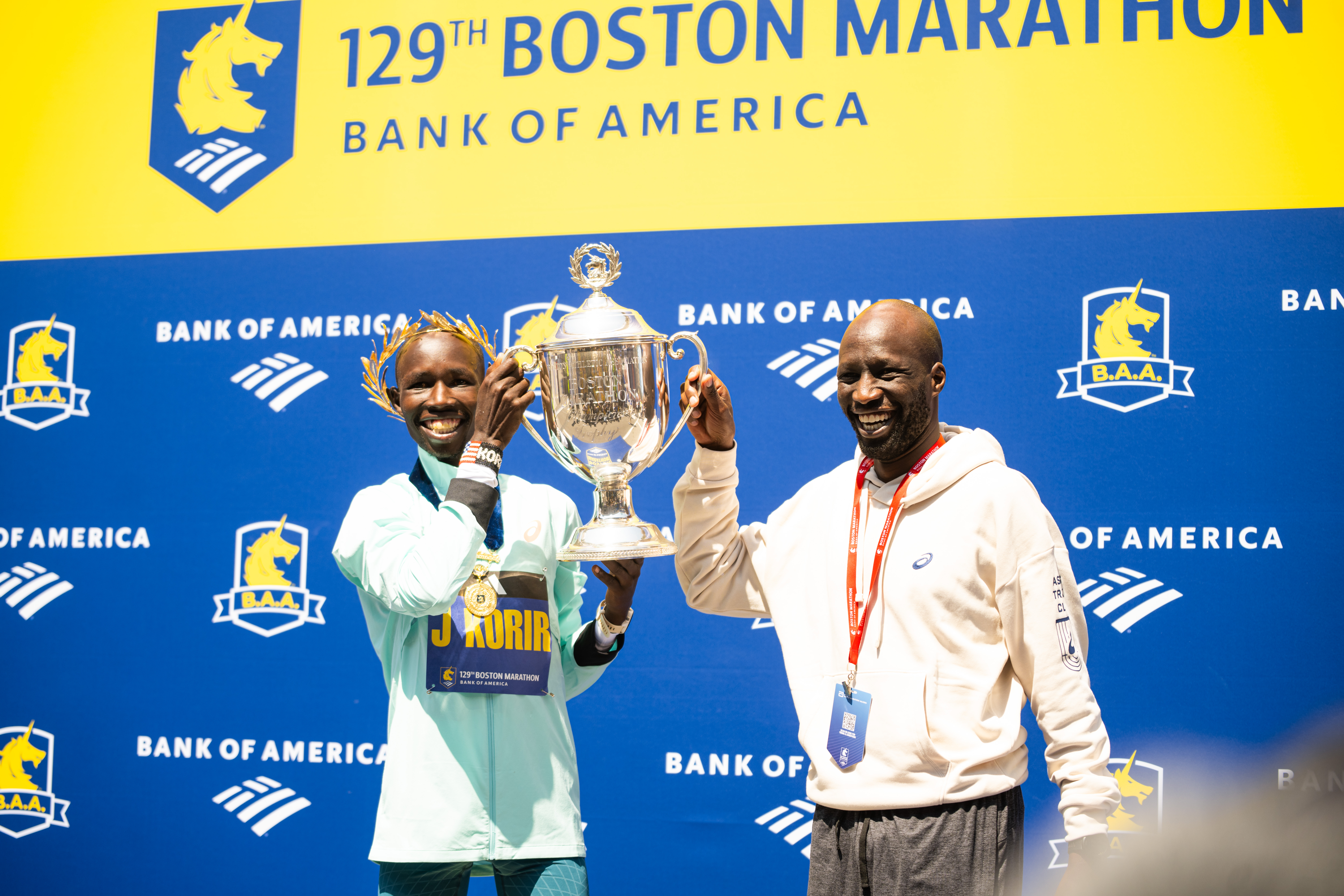Athletes
30,000 participants will race on Patriots' Day
30,000 participants will race on Patriots' Day
Eligibility, Divisions, and Classifications
Where and how to watch the world's most historic marathon
Supported by nearly 10,000 volunteers from start to finish
Global stars at the front of the field
How to qualify for the Boston Marathon
Media Relations and Updates
00 Days
00 Hours
00 Minutes
00 Seconds
From Hopkinton to Boston and Beyond
News & Stories130
years of marathon history
30,000
athletes from around the world
$50.4mm
Fundraised through the Bank of America Official Charity Program
10,000+
Volunteers who support the Boston Marathon year in and year out
A look back
A race for the history books
